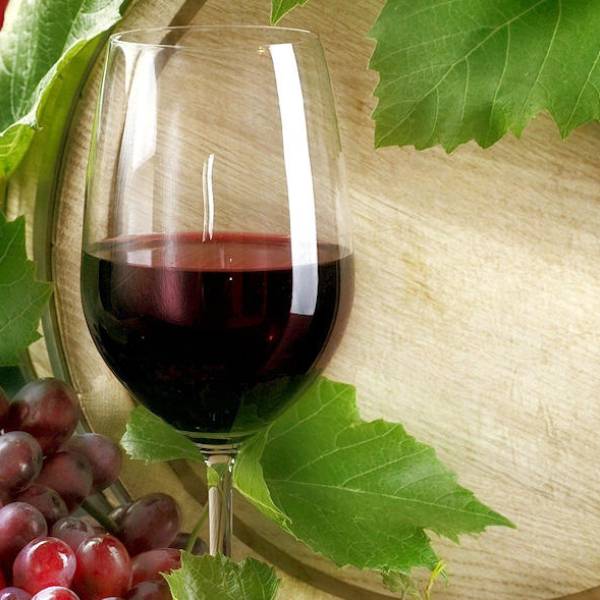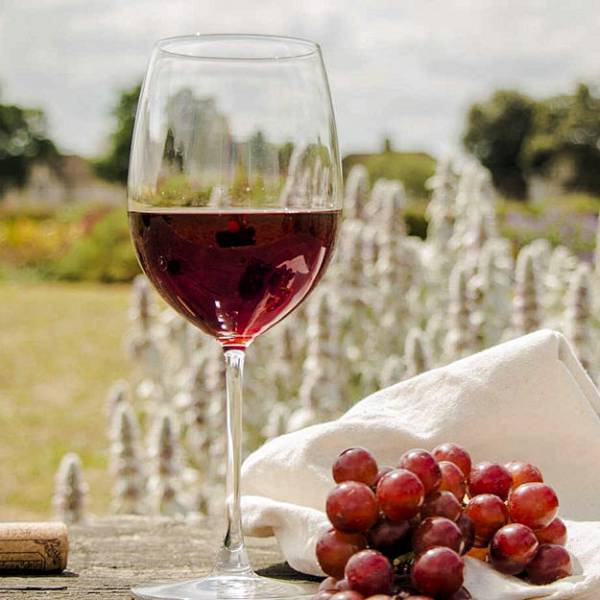The Douro Valley, where port wine grapes are cultivated, is an ancient wine region with a heritage that stretches back centuries. Designated as one of the oldest demarcated wine regions in the world in 1756, the Douro Valley boasts a unique combination of microclimates and soil conditions that contribute to the distinct character of Douro Wines. The region is divided into three sub-regions, each offering its own terroir: Baixo Corgo, Cima Corgo, and Douro Superior. The vineyards sprawl across steep terraces, showcasing breathtaking landscapes that have earned the Douro Valley the status of a UNESCO World Heritage Site in 2001.
The production of port wine involves a meticulous process that distinguishes it from other wines. It begins with the selection and harvesting of grapes, primarily the renowned varieties such as Touriga Nacional, Touriga Franca, Tinta Roriz (also known as Tempranillo), Tinta Barroca, and Tinta Cão. These grapes contribute to the complexity and richness that define port wines.
The winemaking process takes an intriguing turn during fermentation. To create port wine's distinctive sweetness, a neutral grape spirit, often brandy, is added to the fermenting wine. This addition halts the fermentation process, leaving behind residual sugar and boosting the alcohol content to a range of 18% to 22% ABV. This fortification process, combined with careful aging, is integral to the creation of port wine's exceptional character.
Port wine enthusiasts are treated to a diverse selection of styles, each with its own distinct personality. Let us explore some of the most notable types:
Ruby Port:
Ruby Port stands as the foundational pillar of port wines. Crafted from a blend of young wines aged for two to three years, ruby port exhibits a deep red color, a luscious fruity aroma, and a remarkably smooth finish. This accessible and affordable port is a delightful introduction to the world of fortified wines.Tawny Port:
Tawny Port, on the other hand, represents the epitome of elegance and sophistication. Blended from older wines aged in small oak barrels, tawny port matures through oxidation and evaporation, giving rise to its characteristic brownish hue. Offering a complex bouquet of nutty aromas and flavors, tawny port enchants the senses. With designations such as 10, 20, 30, or 40 years, these age-indicated tawnies cater to various preferences and discerning palates.White Port:
White Port, crafted from white grape varieties such as Malvasia Fina, Gouveio, and Viosinho, brings a vibrant and refreshing twist to the world of port wines. Aged for two to three years, white port showcases a golden hue, exudes a delightful floral aroma, and offers a palate-pleasing taste with a refreshing finish. Whether enjoyed as an aperitif or paired with appetizers, white port brings a touch of sophistication to any occasion.Lisbon.vip Recommends
Rosé Port:
The introduction of Rosé Port in 2008 added a new dimension to the world of port wines. This relatively young and innovative style is created using red grape varieties, particularly Touriga Nacional and Touriga Franca. Minimal skin contact during fermentation gives rosé port its distinctive pink color, while a captivating berry aroma and a crisp finish create an invigorating sensory experience.Vintage Port:
Vintage Port represents the pinnacle of port wine excellence. Crafted exclusively from the finest grapes of a single harvest year, vintage port showcases the remarkable qualities of an exceptional vintage. Aged for two years in oak barrels and then bottled without filtration or blending, vintage port exhibits a dark purple color that hints at its intensity. With an intoxicating aroma, robust flavor, and a powerful finish, vintage port demands attention and rewards those patient enough to allow it to age gracefully in the bottle.Colheita Port:
Colheita Port, akin to tawny port in its aging process, distinguishes itself by being made from a single harvest year rather than a blend. Aged for a minimum of seven years in oak barrels, colheita port develops a beautiful brownish color, captivating nutty aromas, and flavors that enchant the palate. This aged gem showcases a remarkable smoothness, leaving a lasting impression with every sip.Port wine is not only an exceptional standalone drink but also a versatile companion to various culinary delights. The depth and richness of flavors in port wines allow for exquisite food pairings. Some classic combinations include ruby port with blue cheese or dark chocolate, tawny port with nuts or dried fruits, white port with olives or almonds, rosé port with fresh fruits or ice cream, vintage port with stilton cheese or roasted nuts, and colheita port with crème brûlée or apple pie. The harmonious interplay of flavors elevates both the port wine and the accompanying delicacies, creating a truly indulgent experience.
In conclusion, port wine represents the embodiment of a centuries-old winemaking tradition that continues to captivate wine connoisseurs worldwide. From its humble beginnings in the Douro Valley to becoming an icon of Portuguese culture, port wine's allure lies in its diverse range of styles, each offering a unique sensory journey. Whether it's the fruity vibrancy of ruby port, the intricate elegance of tawny port, the refreshing charm of white port, the invigorating allure of rosé port, the powerful character of vintage port, or the refined smoothness of colheita port, there is a port wine to suit every taste and occasion. Raise a glass of this cherished elixir and toast to the remarkable craftsmanship and artistry that has made port wine a true masterpiece of the vine. Cheers!













